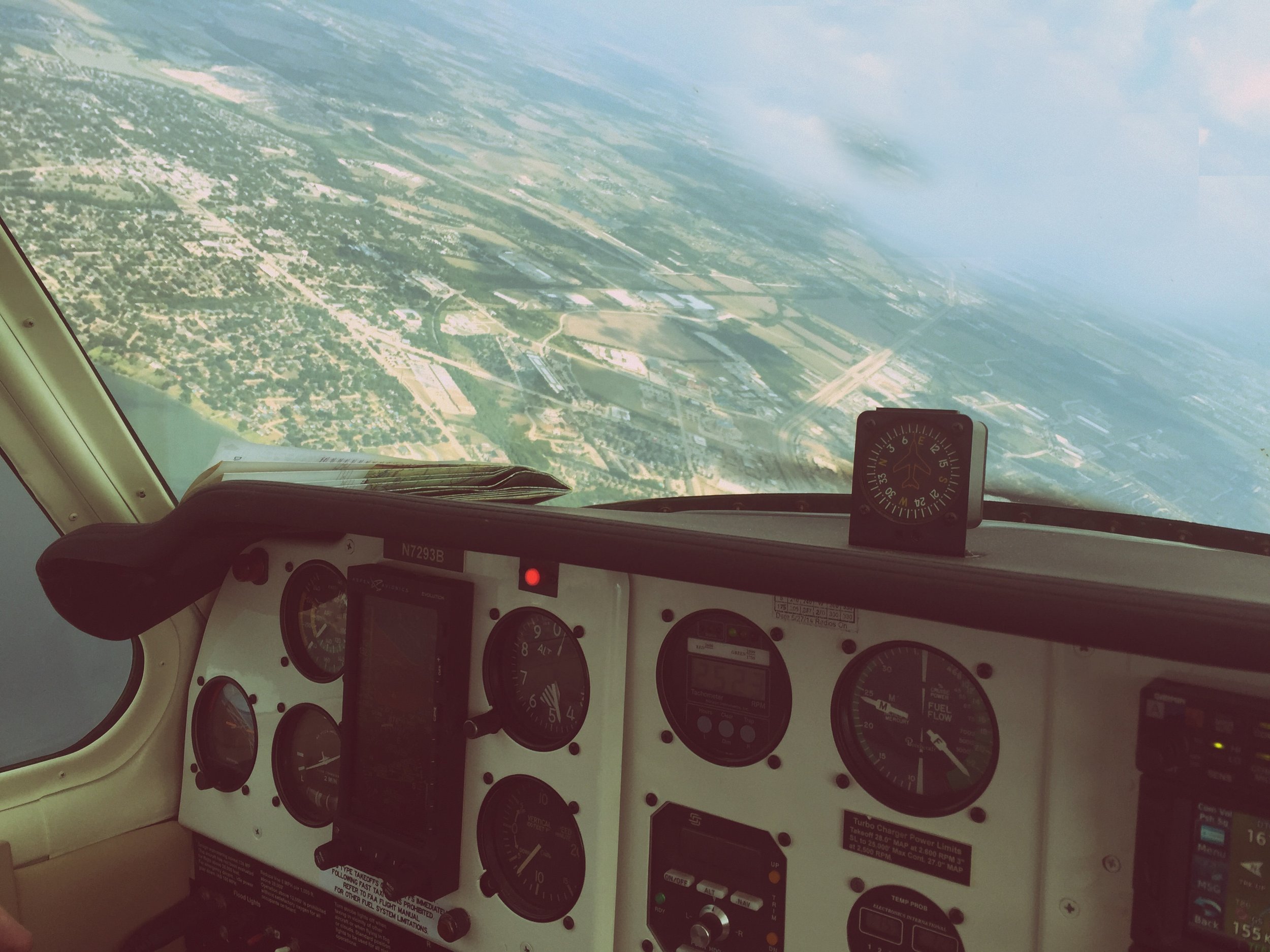Should "cross-checking" be added to the Human Performance Toolbox? Yes!
 I briefly mentioned "Cross-checking" a few posts back and there have been some emails asking for more information about this tool, so I will share what I know about it, and how I have taught it's usage. This concept first came to me from a book called, "Flawless Execution" by Jim Murphy, and I learned of this military Human Performance Tool that translates very well into a control room or any other "monitoring" atmosphere, even security. This idea is called "Cross-checking" and no, not the hockey reference, but a great tool to employ if your job has anything to do with "Monitoring" - whether you're a pilot, operator, security guard, railroad engineer, etc. The way it gets applied should line up with the training program and keeping in mind with the best performers in these job tasks.
I briefly mentioned "Cross-checking" a few posts back and there have been some emails asking for more information about this tool, so I will share what I know about it, and how I have taught it's usage. This concept first came to me from a book called, "Flawless Execution" by Jim Murphy, and I learned of this military Human Performance Tool that translates very well into a control room or any other "monitoring" atmosphere, even security. This idea is called "Cross-checking" and no, not the hockey reference, but a great tool to employ if your job has anything to do with "Monitoring" - whether you're a pilot, operator, security guard, railroad engineer, etc. The way it gets applied should line up with the training program and keeping in mind with the best performers in these job tasks.
Google definition:
"Verify (figures or information) by using an alternative source or method."
How does "cross-check" work?
This is a human performance tool for monitoring and it can work like this:
- Decide on a list of indications that are the most important to the principle task of monitoring.
- Prioritize that list into a scan pattern - starting with the most important indicator - for a pilot that may be the horizon, and second may be altitude.
- Share the list with others that perform the monitoring function to ensure they agree and are monitoring in the same order when they start performing that task.
Where have I heard this verbally used before?
Chances are you've heard flight attendants saying that "Cross checks are complete." Have you ever wondered what that means? Actually, in the world of Human Performance Tools, it means that tasks have been verified completed by a second person, which of course, is something we can all appreciate. Take this excerpt from one of my favorite books for example:
"Scanning Control Panels During pilot training, aircraft operators, if well-trained, are taught to develop an instrument scan pattern— the habit of glancing at and critically evaluating important operating parameters in a logical sequence. It is called a pattern because the eyes are directed, usually in a predetermined progression, from one instrument to the next. In close quarters— be it control room, cockpit, or submarine maneuvering room— the instrument scan serves as an on-going operator inspection tour. Operators continuously monitor important indications to “check the pulse” of their equipment. The instrument scan becomes, after a time, a matter of routine, requiring little conscious will. Yet, for professionals, it is not a thoughtless act.
Reliable operators know what to expect— what is right for the current conditions. If they see something different than what they expected, they can redirect their attention and focus on the problem. Efficient scan patterns are enhanced by well-engineered control panels. If related instruments are located near one another, cross checks can easily be performed. If, on the other hand, control panel layout is poorly designed, scanning is difficult (and probably neglected)."